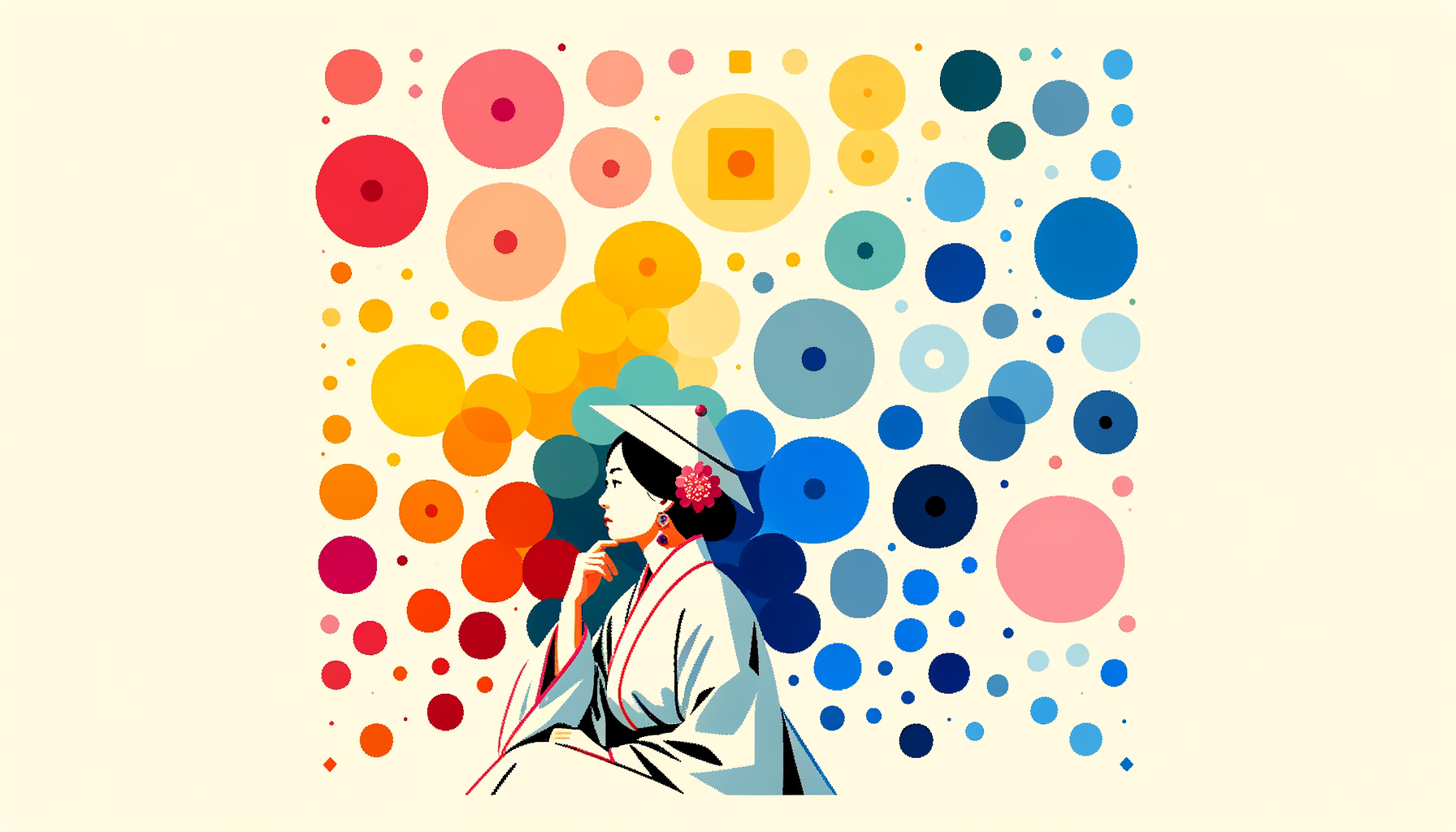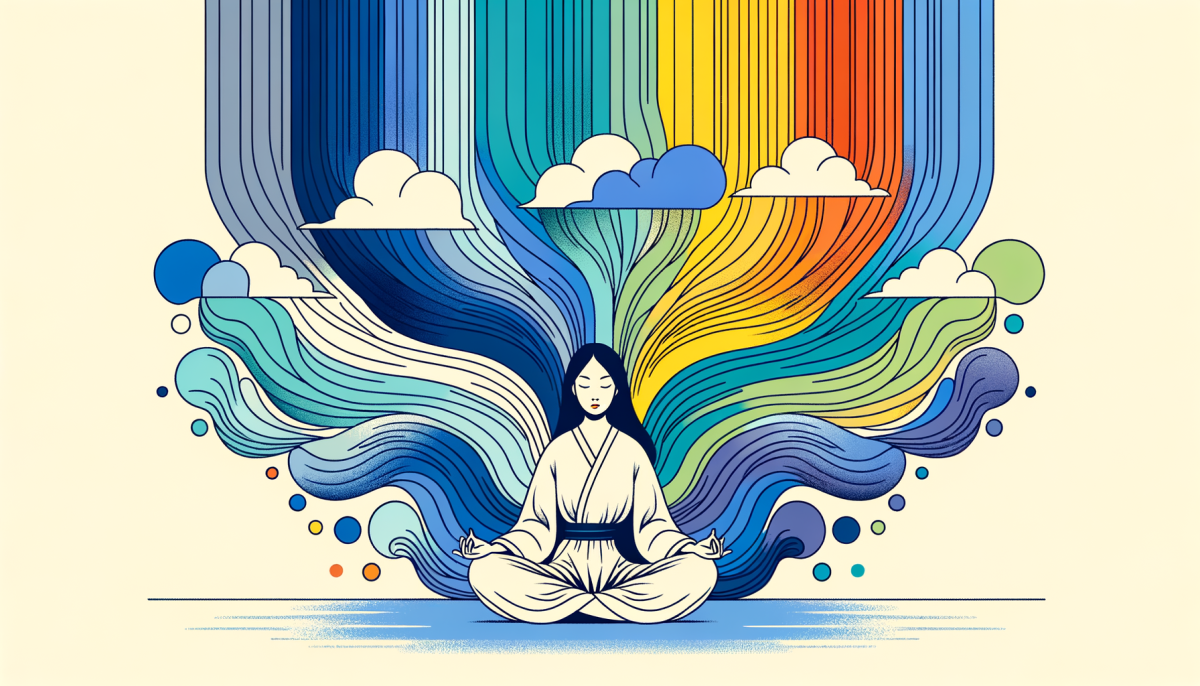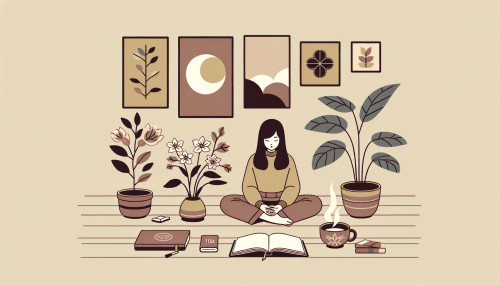Introduction
The world is a vibrant tapestry of hues, each one carrying its own unique resonance and significance. Colors, in their infinite variety, have the power to influence our emotions, our actions, and even our well-being. This article delves into the fascinating realm of color psychology, exploring how different shades can alter moods and promote healing.
Color Psychology Basics

Color psychology is a field of study that examines the impact of color on human behavior and emotion. It’s a complex discipline, intertwining elements of art, science, and culture. Colors are not just visual stimuli; they carry symbolic meanings and can evoke specific physiological responses.
Each color has its own psychological value. For instance, red is often associated with passion and intensity, while blue is linked to tranquility and stability. These associations are not arbitrary; they are deeply rooted in our collective consciousness and cultural contexts.
However, it’s important to note that individual reactions to color can vary widely. Personal experiences, cultural background, and even genetic factors can influence how we perceive and respond to different colors. Therefore, while color psychology provides valuable insights, it should not be seen as a one-size-fits-all solution.
Mood Alterations by Colors
Colors have a profound impact on our mood and emotions. They can soothe us, energize us, make us feel safe, or fill us with a sense of awe. The mood-altering effects of colors are often used in marketing, interior design, and art to evoke desired emotional responses.
For instance, green, with its strong associations with nature, can create a calming and restorative mood. It’s often used in spaces where relaxation and rejuvenation are desired. On the other hand, yellow, the color of sunshine, is known for its uplifting and energizing effect. It’s a popular choice for spaces where creativity and positivity are encouraged.
However, the same color can also have negative connotations. For example, while red can symbolize love and passion, it can also represent danger and provoke feelings of anger. Therefore, understanding the dual nature of colors and their potential impact on mood is crucial in various fields.
Healing Properties of Colors
The healing power of colors, often referred to as chromotherapy, is a concept that has been recognized and utilized in various cultures for centuries. Modern science has begun to acknowledge this phenomenon, with studies suggesting that certain colors can indeed promote physical and mental well-being.
Blue, for instance, is known for its calming effect. It can lower heart rate and blood pressure, making it a beneficial color for stress management and relaxation. Green, with its associations with nature, can also have a soothing effect and promote a sense of balance and harmony.
On the other hand, colors like red and orange are known for their stimulating effects. They can boost energy levels and stimulate appetite, making them useful in treating conditions like depression and eating disorders. However, as with mood alterations, the healing properties of colors can vary greatly among individuals, and should be used with care and consideration.
Conclusion
In conclusion, colors hold a potent power that extends beyond mere visual appeal. They can influence our mood, alter our emotions, and even aid in healing. Understanding the psychology of colors can provide valuable insights into human behavior and well-being, and can be a powerful tool in various fields, from marketing and design to healthcare and therapy. However, it’s important to remember that individual responses to color can vary widely, and what works for one person may not work for another. As with any tool, the key lies in understanding and respecting its complexity and potential.





